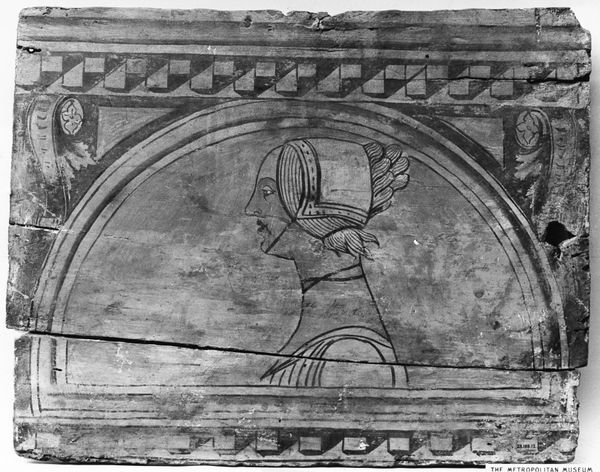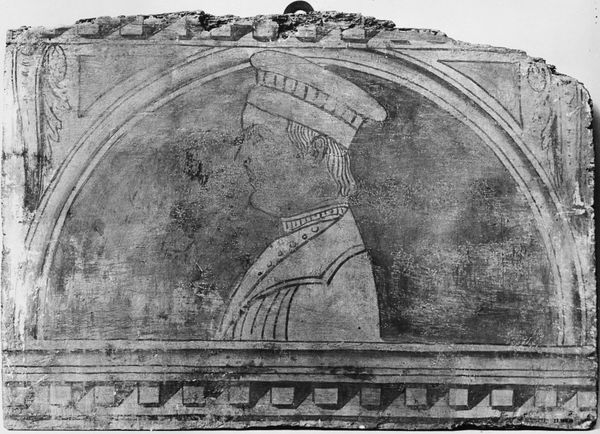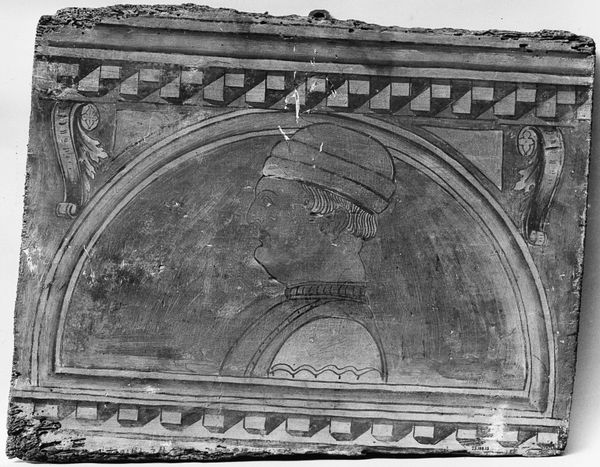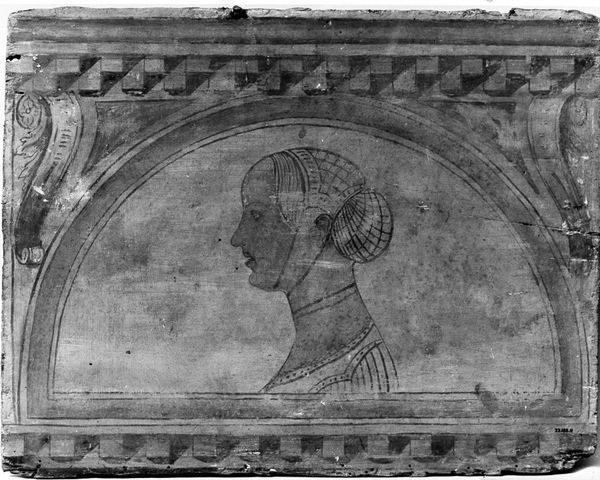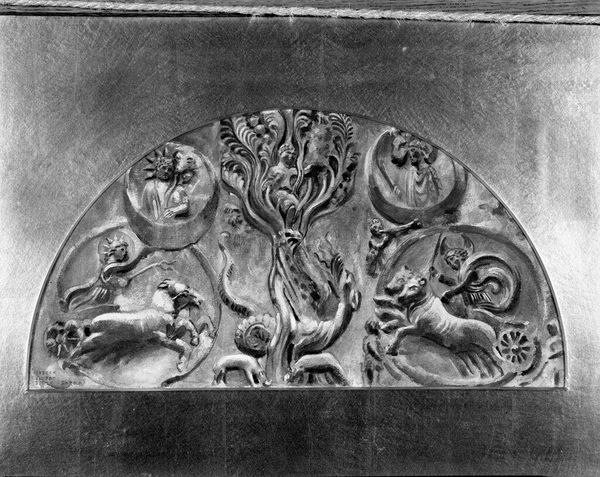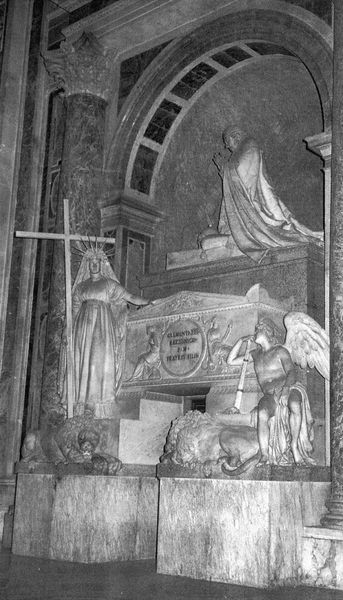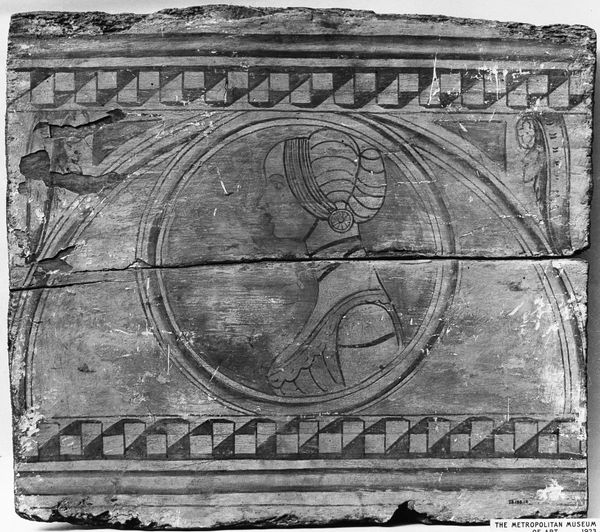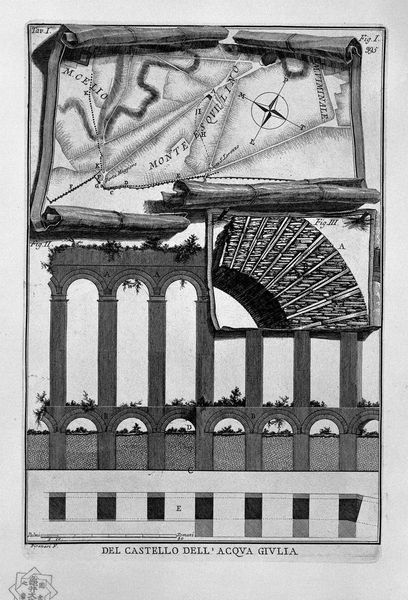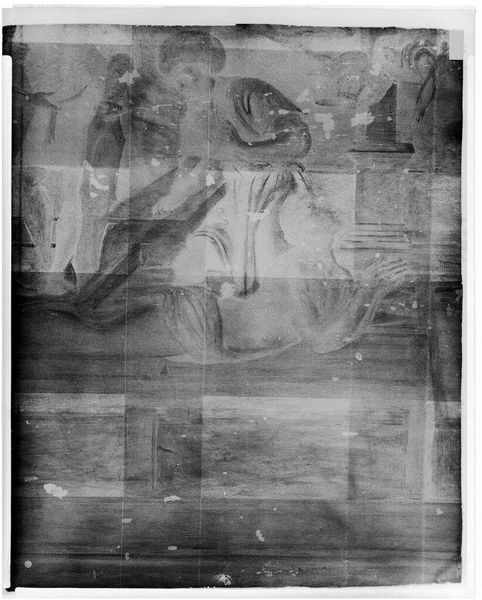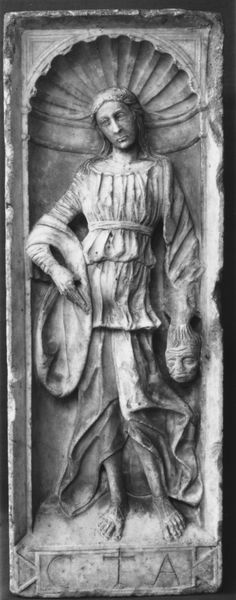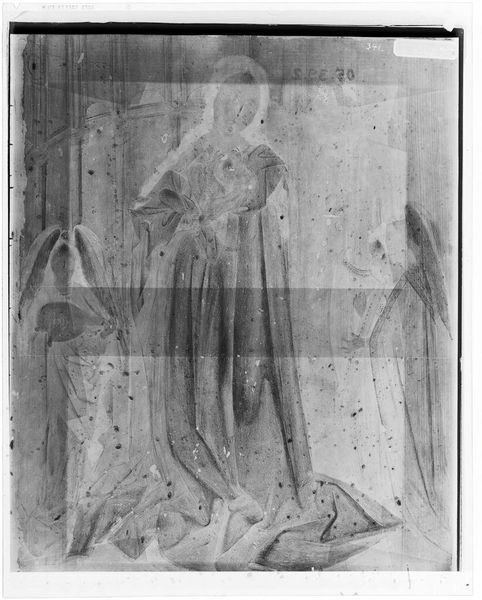
painting, fresco
#
portrait
#
painting
#
fresco
#
history-painting
#
decorative-art
#
italian-renaissance
#
profile
Dimensions: Overall: 14 1/2 × 20 1/2 in. (36.8 × 52.1 cm)
Copyright: Public Domain
Curator: Looking at this faded fresco, my initial feeling is one of subdued grandeur. It feels like gazing upon a remnant of a richer, more colourful past. Editor: Indeed. What we're observing here is the "Head of a Youth," a fresco painting likely created between 1485 and 1499, during the Italian Renaissance. Though the artist is currently anonymous, its home is now at the Metropolitan Museum of Art. The profile style was popular, wasn't it? Curator: Absolutely. Profile portraits were fashionable among the elite during the Renaissance. They were heavily influenced by classical art, and often invoked ideas of nobility, virtue, and status, harkening back to ancient Roman coins and sculpted busts of emperors. But note how much the symbol has become divorced from the sociopolitical reality in this case, as this wall has suffered great weathering over time. Editor: And this particular youth... He seems to embody that very ethos. Look at his composed expression, the delicate rendering of his features, and his ornate collar and elegant, flowing hair. It all speaks of elevated social standing, doesn’t it? The choice of the fresco technique is worth noting, though; it makes you think this might not have been in a collection setting originally. Curator: That's quite astute, because frescos were largely meant as interior decoration, meant to signal not necessarily high status, but also refinement. The symbol of the cultivated lifestyle, not necessarily power. And as such, this young man likely occupied a domestic space. We should think less of palaces and thrones, and more about education. Editor: Do you think his identity was deliberately obscured by time? We know it as “Head of a Youth," but given the care taken with this art, would there have been documentation originally for this specific person? Curator: Perhaps! As historical emphasis often went, especially during the Renaissance, knowing this youth’s specific lineage or cultural impact probably matters less to contemporary audiences than the symbolic implications of youth and the ideals associated with it at the time of the fresco’s making. That tension shapes a lot of what ends up on museum walls. Editor: It's fascinating how this single image can conjure up such a nuanced glimpse into Renaissance society and its visual culture. We are seeing both an idealized portrait and a reflection of values. Curator: Precisely. It reminds us that art is never just a snapshot; it's a cultural echo that resonates through centuries, subtly influencing how we perceive the past and present.
Comments
No comments
Be the first to comment and join the conversation on the ultimate creative platform.
